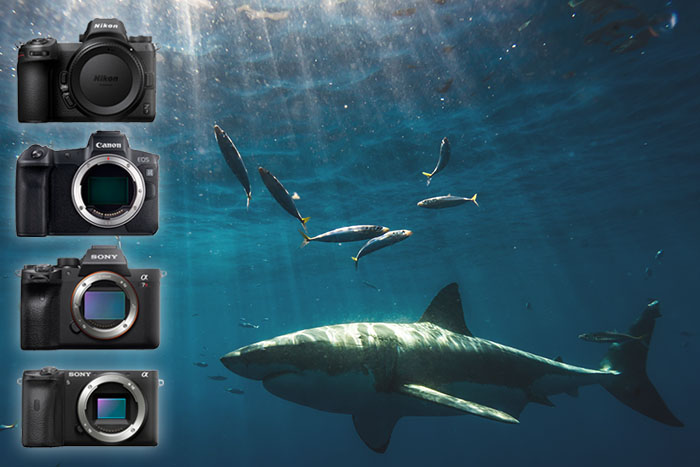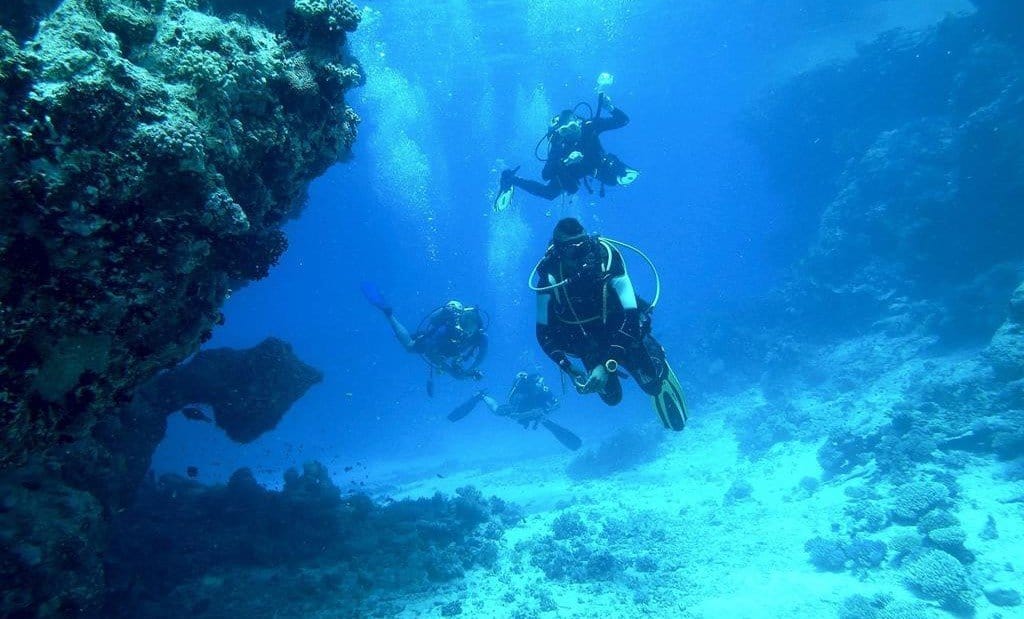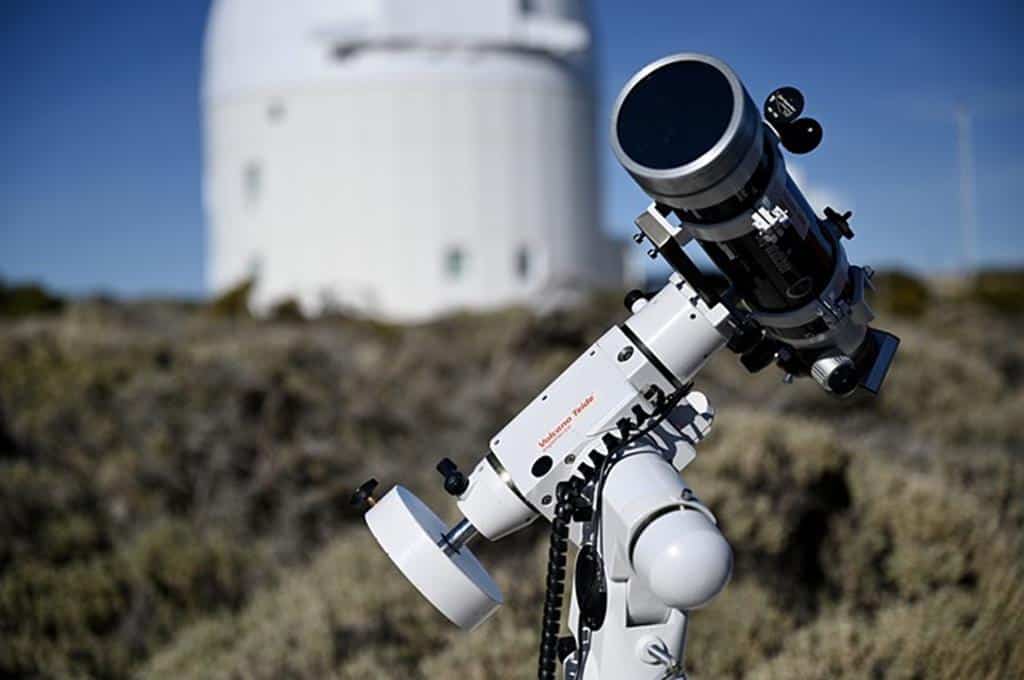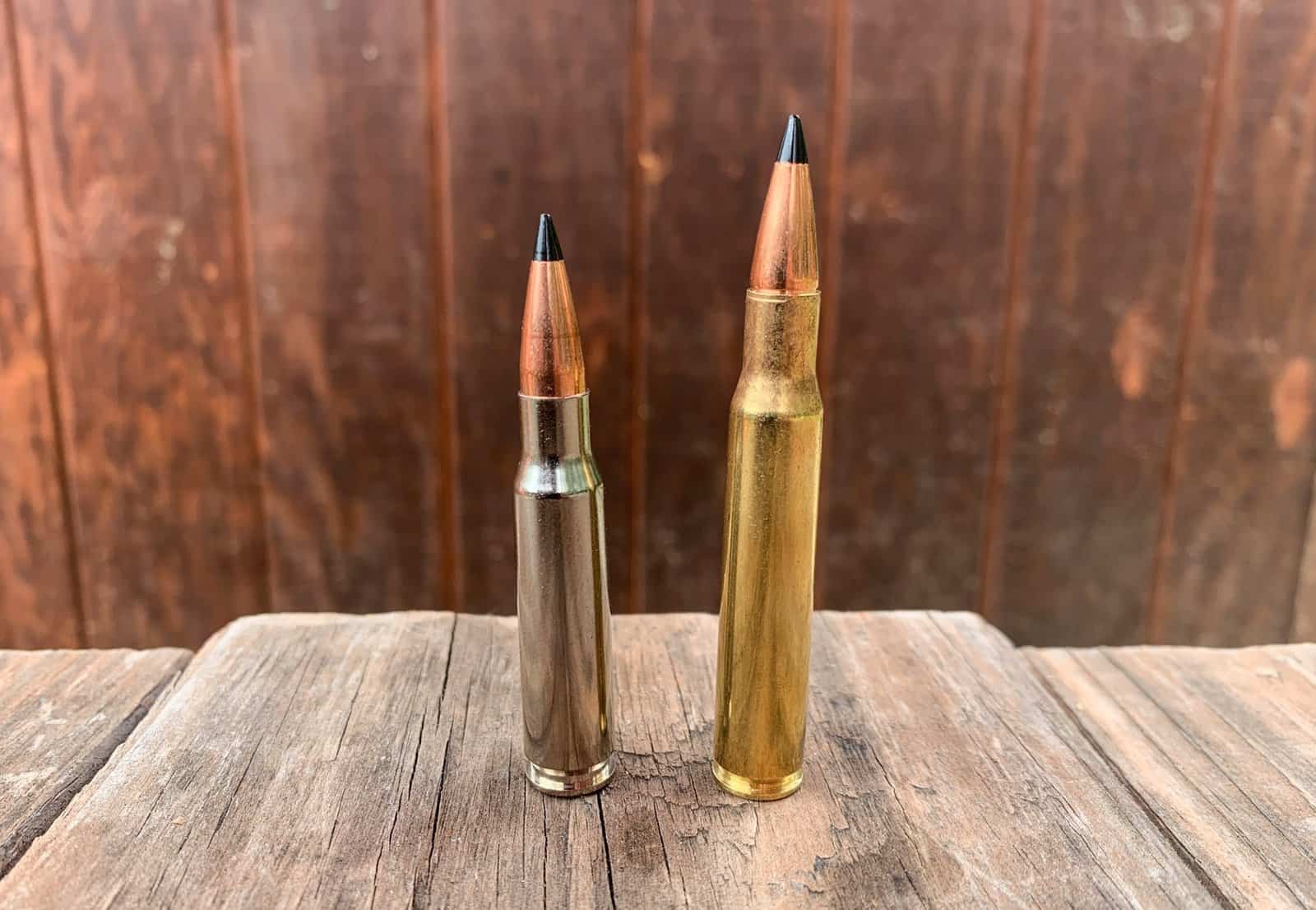If you love the ocean and want to capture its stunning beauty, you might be wondering, “Which camera is best for underwater photography?” Well, you’re in luck! In this article, we’ll explore the exciting world of underwater photography and help you find the perfect camera to bring your underwater adventures to life.
When it comes to taking photos underwater, you need a camera that can handle the unique challenges of this environment. From the vibrant colors to the mesmerizing marine life, there’s so much to capture beneath the surface. But not all cameras are created equal, and finding the right one can make all the difference in capturing those breathtaking moments.
Whether you’re a beginner or a seasoned photographer, we’ll guide you through the top camera options available and provide helpful tips to ensure your underwater photography journey is a splash! So, grab your snorkel gear and get ready to dive into the world of underwater cameras. Let’s make some waves together!
When it comes to underwater photography, choosing the right camera is crucial. Look for a camera that offers excellent water resistance, high-resolution image quality, and a variety of shooting modes. Consider cameras with advanced autofocus systems and wide-angle lenses to capture the vibrant beauty of underwater life. Additionally, opt for cameras with durable construction and user-friendly controls for ease of use. With the right camera, you can capture stunning underwater images like a pro!

Which Camera is Best for Underwater Photography?
Underwater photography is a captivating form of art that allows us to explore the mysterious depths of the oceans and capture the breathtaking beauty that lies beneath the surface. To embark on this exciting journey, it is essential to have the right camera that can withstand the unique challenges of underwater environments. In this article, we will delve into the world of underwater cameras and discuss the best options available for capturing stunning underwater images.
The Key Factors to Consider
Before diving into the specific camera models, it is important to understand the key factors to consider when choosing the best underwater camera. These factors will determine the performance and quality of your underwater images:
Waterproofing and Depth Rating
The most crucial aspect of an underwater camera is its ability to withstand water pressure and remain waterproof at various depths. The depth rating of a camera indicates the maximum depth it can be taken underwater without damage. Different cameras have different depth ratings, so it is important to consider the depth at which you plan to use your camera and choose a model that can handle it. Additionally, ensure that all the camera’s ports and buttons are properly sealed to prevent any water leakage.
It is worth noting that there is a distinction between “water-resistant” and “waterproof” cameras. Water-resistant cameras are only capable of withstanding light splashes or brief exposure to water, while waterproof cameras are designed to be fully submerged without any damage.
Pro Tip: If you plan to go diving or engage in deep-sea exploration, opt for a camera with a higher depth rating to ensure it can withstand the pressure at greater depths.
Image Quality and Megapixels
The image quality of your underwater photos depends on the camera’s sensor and its resolution, usually measured in megapixels (MP). Higher megapixels result in sharper and more detailed images, allowing you to capture the vibrant colors and intricate details of the underwater world. However, it is important to strike a balance between megapixels and other features, as too many megapixels on a small sensor may result in noisy or grainy images.
Additionally, consider the camera’s ISO range, which determines its sensitivity to light. A broader ISO range allows for better low-light performance, which is crucial for underwater photography, as natural light diminishes the deeper you go.
Pro Tip: Look for a camera with a good balance of megapixels, sensor size, and ISO range to ensure high-quality images in varied underwater lighting conditions.
Underwater Housings and Accessories
Most cameras are not inherently waterproof, which means you will need an underwater housing to protect them from water damage. Underwater housings are designed to encase the camera while still allowing access to all its controls. When choosing a camera, consider the availability and compatibility of underwater housings and other accessories, such as strobes, lenses, and external filters. These accessories can greatly enhance your underwater photography experience and enable you to capture more creative and professional-looking images.
Pro Tip: Research the availability of underwater housings and accessories for your chosen camera model before making a final decision.
Size and Portability
If you plan to travel frequently or engage in underwater activities that require mobility, the size and weight of your camera will play a crucial role. Compact and lightweight cameras are easier to handle, transport, and maneuver underwater. However, smaller cameras may have limitations in terms of image quality, zoom capabilities, and manual controls. Strike a balance between size and features to ensure your camera meets your specific needs.
Pro Tip: Consider your diving or travel requirements and choose a camera size that complements your underwater photography goals.
Battery Life and Memory
When diving or exploring underwater for extended periods, it is crucial to have a camera with a long battery life. Nothing is more disappointing than running out of battery power in the middle of a dive, missing out on capturing incredible underwater moments. Look for cameras with a reliable battery life, and consider carrying spare batteries for longer dives.
In addition to battery life, ensure your camera has sufficient memory capacity to store a large number of photos. Consider using large-capacity memory cards or investing in cloud storage options to ensure you don’t miss any amazing underwater shots due to limited space.
Pro Tip: Opt for cameras with efficient power management systems and expandable memory options to ensure uninterrupted shooting during your underwater adventures.
Recommended Underwater Camera Models
Now that we’ve covered the key factors to consider, let’s explore some of the best underwater camera models available:
1. Nikon D850
The Nikon D850 is a top-tier DSLR camera that delivers exceptional image quality and performance both above and below the water surface. With its weather-sealed body and compatibility with various underwater housings, it is a reliable choice for serious underwater photographers. The camera boasts an impressive 45.7-megapixel sensor, a wide ISO range, and advanced autofocus capabilities, making it ideal for capturing detailed and vibrant underwater images.
Pro Tip: Pair the Nikon D850 with a suitable underwater housing and high-quality lenses for stunning underwater photography.
2. Sony Alpha a7R IV
The Sony Alpha a7R IV is a mirrorless camera renowned for its high-resolution image sensor, fast autofocus, and impressive dynamic range. This camera excels in capturing stunning underwater photos with its 61-megapixel sensor, excellent low-light performance, and a wide selection of compatible lenses. Its compact size and ergonomic design make it a popular choice for underwater enthusiasts who prioritize portability without compromising on image quality.
Pro Tip: Invest in quality underwater housings and lenses specifically designed for the Sony Alpha a7R IV to unlock its full potential for underwater photography.
3. GoPro Hero9 Black
The GoPro Hero9 Black is a versatile and rugged action camera that is equally at home in the water as it is on land. With its waterproof capabilities up to 10 meters and various mounting options, it is the perfect choice for capturing underwater adventures. The camera boasts 20-megapixel still photo capabilities, 4K video recording, and advanced stabilization technology, allowing you to capture breathtaking underwater footage with ease.
Pro Tip: Take advantage of the GoPro Hero9 Black’s wide variety of accessories, such as waterproof housing, filters, and mounts, to enhance your underwater photography and videography.
#Three More Key Factors to Consider
1. Video Capabilities
Underwater videography has gained immense popularity in recent years, as it allows photographers to capture the beauty and movements of marine life in motion. When choosing an underwater camera, consider the video capabilities it offers. Look for features such as 4K resolution, high frame rates, and advanced image stabilization to ensure your underwater videos are of the highest quality. Additionally, consider compatibility with underwater video lights and filters to enhance your footage.
Pro Tip: If you prioritize underwater videography, dive into models specifically designed for this purpose, such as the Sony RX100 VII, which excels in both photo and video capabilities.
2. Manual Controls and Customizability
Having control over your camera’s settings is crucial for achieving the desired results in underwater photography. Look for cameras that offer manual controls for aperture, shutter speed, exposure compensation, and white balance. These controls allow you to adapt to various lighting conditions and ensure accurate color reproduction in your underwater images. Customizability is also important, as it allows you to configure the camera’s buttons and functions to your preference for quick and easy adjustments underwater.
Pro Tip: Cameras like the Canon G7X Mark III offer a versatile and user-friendly interface, perfect for beginner and intermediate underwater photographers who want both manual control options and ease of use.
3. Budget and Value for Money
While quality and performance are essential, it is essential to consider your budget and the overall value for money a camera offers. Evaluate your specific underwater photography needs and research cameras that meet those requirements within your budget range. Consider the long-term investment, including accessories and maintenance costs, to ensure you get the best value for your money.
Pro Tip: Look for camera models that strike the right balance between affordability and performance, such as the Olympus Tough TG-6, which offers impressive durability, image quality, and underwater performance at a reasonable price point.
In conclusion, choosing the best camera for underwater photography depends on a variety of factors such as waterproofing, image quality, accessories, size, battery life, and memory capacity. The Nikon D850, Sony Alpha a7R IV, and GoPro Hero9 Black are excellent options for capturing stunning underwater images, each catering to different preferences and needs. Additionally, considering factors like video capabilities, manual controls, customizability, and budget will further assist you in finding the perfect camera to suit your underwater photography goals. Now it’s time to dive in and start your underwater photography journey with confidence!
Key Takeaways: Which camera is best for underwater photography?
- Consider a waterproof camera that can withstand depths up to your desired diving depth.
- Look for a camera with a high resolution for clear and detailed underwater photos.
- Find a camera with good low light performance to capture vibrant colors in the depths.
- Consider the camera’s lens options and compatibility with underwater accessories.
- Read reviews and compare prices to find the best camera within your budget.
Frequently Asked Questions
Welcome to our frequently asked questions section on choosing the best camera for underwater photography. If you’re a fan of exploring the beauty beneath the water’s surface and want to capture stunning images, you’ve come to the right place. Here are some common questions people have when it comes to selecting the perfect camera for underwater photography.
1. What are the key features to consider in a camera for underwater photography?
When choosing a camera for underwater photography, there are several key features to consider. Firstly, look for a camera that is specifically designed for underwater use, as these are built to withstand the unique challenges of shooting underwater. Secondly, consider the camera’s image quality, including its megapixel count and sensor size. A higher megapixel count and larger sensor will generally result in better image resolution and quality. Additionally, pay attention to the camera’s autofocus capabilities, as fast and accurate autofocus is crucial for capturing moving subjects underwater. Finally, consider the camera’s housing options, as you’ll need a reliable and durable housing to protect your camera from water damage.
By considering these features, you can find a camera that meets your specific needs and helps you capture breathtaking images underwater.
2. What is the importance of a sturdy housing for underwater cameras?
A sturdy housing is essential for underwater cameras for several reasons. Firstly, it provides protection for your camera against water damage. Underwater environments can be unpredictable, with water pressure, potential impact from marine life, and exposure to saltwater or other elements. A reliable housing ensures that your camera remains safe and functional throughout your underwater photography adventures.
Secondly, a sturdy housing allows you to access and control your camera’s settings, as well as navigate the menus and buttons, even underwater. A well-designed housing will provide easy access to all essential controls, allowing you to make adjustments on the fly and capture stunning images without any limitations. Finally, a durable housing provides peace of mind. You can focus on the beauty around you, knowing that your camera is protected and you can fully immerse yourself in the underwater photography experience.
3. Can I use a regular camera for underwater photography?
While it’s technically possible to use a regular camera for underwater photography with the right housing, it’s generally not recommended. Regular cameras are not designed to withstand the unique challenges of shooting underwater. They lack the necessary waterproofing and durability to be used safely in aquatic environments. Additionally, using a regular camera in an underwater housing might limit your access to controls and functionality, making it difficult to capture the best possible images.
If you’re serious about underwater photography, investing in a camera specifically designed for underwater use is highly recommended. These cameras are built to handle the challenges of shooting underwater, with features such as waterproofing, specialized housings, and underwater shooting modes that optimize image quality.
4. Which camera brand offers the best options for underwater photography?
There are several reputable camera brands that offer excellent options for underwater photography. Some of the most popular brands known for their underwater cameras include Nikon, Canon, and Sony. These brands have a wide range of cameras specifically designed for underwater use, with advanced features and technology.
When choosing a camera brand, it’s important to consider factors such as your budget, specific shooting needs, and personal preferences. Each brand has its own strengths and unique offerings, so it’s recommended to research and read reviews to find the best camera brand that suits your requirements for underwater photography.
5. What are some important tips for beginners in underwater photography?
For beginners in underwater photography, here are a few important tips to keep in mind:
Firstly, invest in underwater photography lessons or workshops. These can provide valuable guidance on techniques, equipment use, and safety measures.
Secondly, practice in a controlled environment, such as a pool, before venturing into open water. This allows you to become comfortable with your equipment and gain confidence in your underwater photography skills.
Lastly, experiment with different lighting techniques. Light behaves differently underwater, so understanding how to work with natural light, artificial light, and strobes can greatly enhance the quality and impact of your underwater images. With patience and practice, you’ll soon be capturing stunning shots of the underwater world.
:max_bytes(150000):strip_icc()/tl-15-best-underwater-cameras-of-2022-tout-4e87e528c6fc44fd817518824f7c6fc5.jpg)
Video: Best Cameras for Underwater Photography
Summary
So, which camera is best for underwater photography? Well, it depends on a few factors. First, consider your budget. Some cameras can be expensive, while others are more affordable. Next, think about your skill level. Are you a beginner or an experienced photographer? This will help determine if you need a simpler or more advanced camera. Finally, consider what you want to capture underwater. If you’re interested in capturing vibrant colors and intricate details, a camera with a higher resolution and good low-light performance may be best. However, if you just want to have fun and snap some pictures, a simple waterproof point-and-shoot camera could be sufficient.
In the end, the best camera for underwater photography is the one that suits your needs, preferences, and budget. So, do your research, read reviews, and consider the factors mentioned to find the perfect camera for your underwater adventures. Happy shooting!



